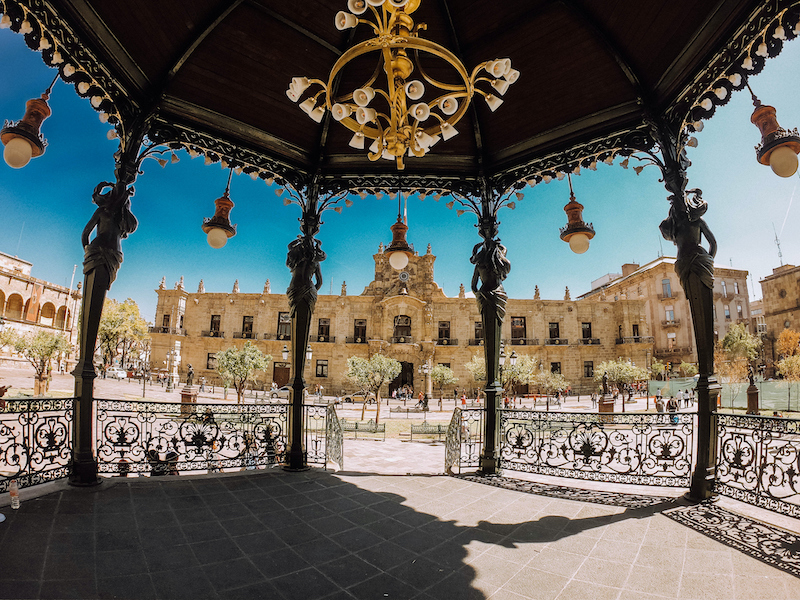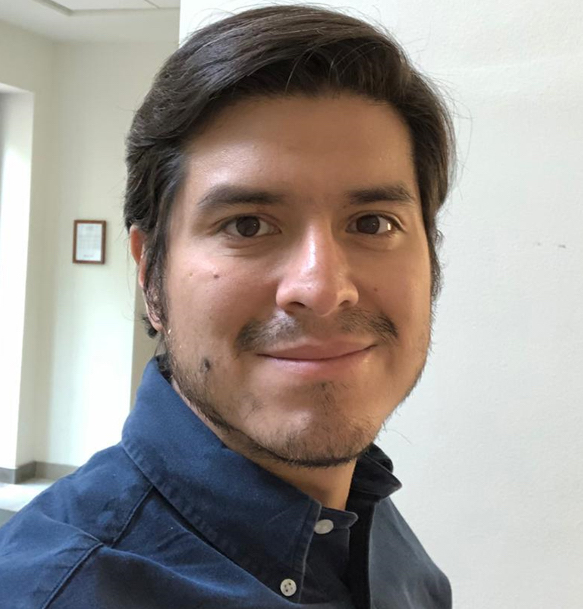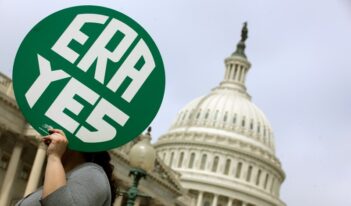
Mexico’s citizens and economy suffer because the President failed to invoke the only constitutional tool to fight COVID-19.
The Mexican Constitution establishes a specific institution to deal with health emergencies: the General Health Council. The Council is headed by the President and is made up of a collection of high-ranking multidisciplinary government officials. The Council is supposed to act based on science, as opposed to politics, and is supposed to be guided by prudence, as opposed to excessive optimism and wishful thinking.
The Council’s main function is to declare the existence of a national health emergency—like signaling a hurricane approaching the shore—and to authorize the Secretary of Health to issue all the preventive and exceptional measures that such circumstances would demand. The Council’s success is measured by timeliness and the number of lives saved by well-timed intervention.
In late January, the World Health Organization determined that the COVID-19 outbreak was a crisis of international importance and urged countries to prepare to confront a pandemic that could claim millions of human lives. It is hard to imagine a clearer warning than this statement from the World Health Organization, all but urging the Mexican government to convene the General Health Council and authorize the Secretary of Health to issue emergency measures to avoid or mitigate such a catastrophic scenario.
But the President of Mexico, Andrés Manuel López Obrador, minimized those risks and waited until March 19 before summoning the General Health Council to use Mexico’s only constitutional mechanism to confront the virus in a coordinated and effective manner.
By the time Mexico declared a national emergency, assembled the General Health Council, and enabled the Secretary of Health to begin issuing emergency measures, more than 50 days had passed since the World Health Organization warned of the serious dangers that COVID-19 presents.
Prior to the General Health Council convening, the Secretary of Health had taken some important actions to address the public health crisis. The Ministry of Health initiated measures to monitor potential COVID-19 cases among citizens and travelers, to establish scientific diagnosis and treatment protocols, and to train health professionals on providing medical attention to infected patients. The Ministry of Health also encouraged people to wash their hands frequently, clean surfaces regularly, avoid contact with people suffering from respiratory illnesses, seek medical attention if respiratory symptoms appeared, and, in potential COVID-19 cases, stay at home.
As necessary and appropriate as these measures were, however, they fell short of the strong and coordinated response that the President and General Health Council could have implemented.
Up until the Council declared the national emergency, the Secretary of Health had done everything it could with the powers granted to it by the General Health Law. To some extent, however, the Secretary’s hands were tied, because some of the most important health measures could only be adopted under the exceptional powers granted to the General Health Council.
Many of the measures implemented after the declaration of emergency were not as effective as they could have been if they had been implemented earlier. For example, after the emergency was declared, it took the government a few days to issue the rules and permits for the fast-tracked importation of medical supplies necessary to treat COVID-19 patients. By the time these measures went into effect, however, there was already a high demand for most of these supplies. Some products had extremely inflated prices, and others were scarce or simply out of stock.
The measures the Secretary of Health implemented had other flaws as well. The Secretary issued rules directed toward citizens imposing social distancing and requiring the suspension of all non-essential activities. Unfortunately, these rules contained significant ambiguity and failed to define these terms clearly.
The broad definitions of non-essential activities, for example, left it unclear whether activities such as mining are considered essential, even though ceasing mining operations would affect telecommunications and construction. In addition, the government classified some infrastructure projects that are highlights of its political platform as essential activities—notably, the construction of an oil refinery in Dos Bocas, Tabasco—sowing even more confusion among industries that had to comply with these rules.
Furthermore, the rules did not establish any sanctions for their infringement, which has produced a wide variety of opinions about how strict, necessary, or mandatory compliance really is. In these circumstances, it is no surprise that compliance has not been consistent.
The late use of emergency powers also put federalism to the test. The General Health Council’s late intervention created a vacuum that many states were forced to fill. Some states, such as Jalisco, imposed a strict curfew, punishing those who violated it with 36 hours of imprisonment. Other states did almost nothing. States’ implementation of these policies in a diverse and uncoordinated manner produced additional mixed signals about what people should do to take care of each other and themselves.
In responding to the COVID-19 crisis, effective governments distinguish themselves from ineffective ones by the capacity of their political leaders, as well as the capacity of governing institutions, to process information and harness expert advice and evidence in a timely way.
Before the declaration of emergency, the Ministry of Health did what it could with the tools at its disposal. A successful governmental response, however, depends on the availability of institutional instruments proportionate to the challenge at hand. In Mexico, that instrument—the General Health Council’s emergency powers—was available for use earlier, which could have provided more time and resources to meet this challenge.
The bell that started the fight between Mexico and COVID-19 rang several rounds before the President heard it. Some officials saw all COVID-19’s punches and kicks coming. But the biggest weapon to fight this virus could only be summoned by the President, and the President acted too late.
Citizens of Mexico are paying the price for this mistake. To date, COVID-19 has claimed more lives here than in China. There are more than 45,000 confirmed cases and almost 5,000 deaths. In all of Latin America, Mexico has performed the fewest coronavirus tests. Millions of people are out of work, and the President has required that businesses either continue paying full salaries or fire their employees and pay them high compensation—as if the pandemic has not happened. The President has refused to provide some form of financial support to mitigate the economic impact of his policies.
We do not know if Mexico’s economy will be able to withstand these measures. Only time will tell.
This essay is part of an ongoing series, entitled Comparing Nations’ Responses to COVID-19.




